
Rose Twisted Stalk (Streptopus lanceolatus v. roseus) Plant Western
Streptopus (twisted-stalks) Species: Streptopus lanceolatus (rose twisted-stalk) Family GRIN places the gemus Streptopus in the subfamily Calochortoideae. The latest classification of the Angiosperm Phylogeny Group system, APG IV, places Streptopus in the subfamily Streptopoideae. Species This species was formerly named Streptopus roseus.

Rose Twisted Stalk; Rose Mandarin (Streptopus lanceolatus v. roseus
Streptopus lanceolatus ( rose twisted stalk, rosybells, rose mandarin, scootberry, liverberry, rose-bellwort ), is an understory perennial plant native to the forests of North America, from Alaska to Labrador, south through the Great Lakes and Appalachian Mountain regions of the United States, as well as Montana, Washington state, Oregon, and St.
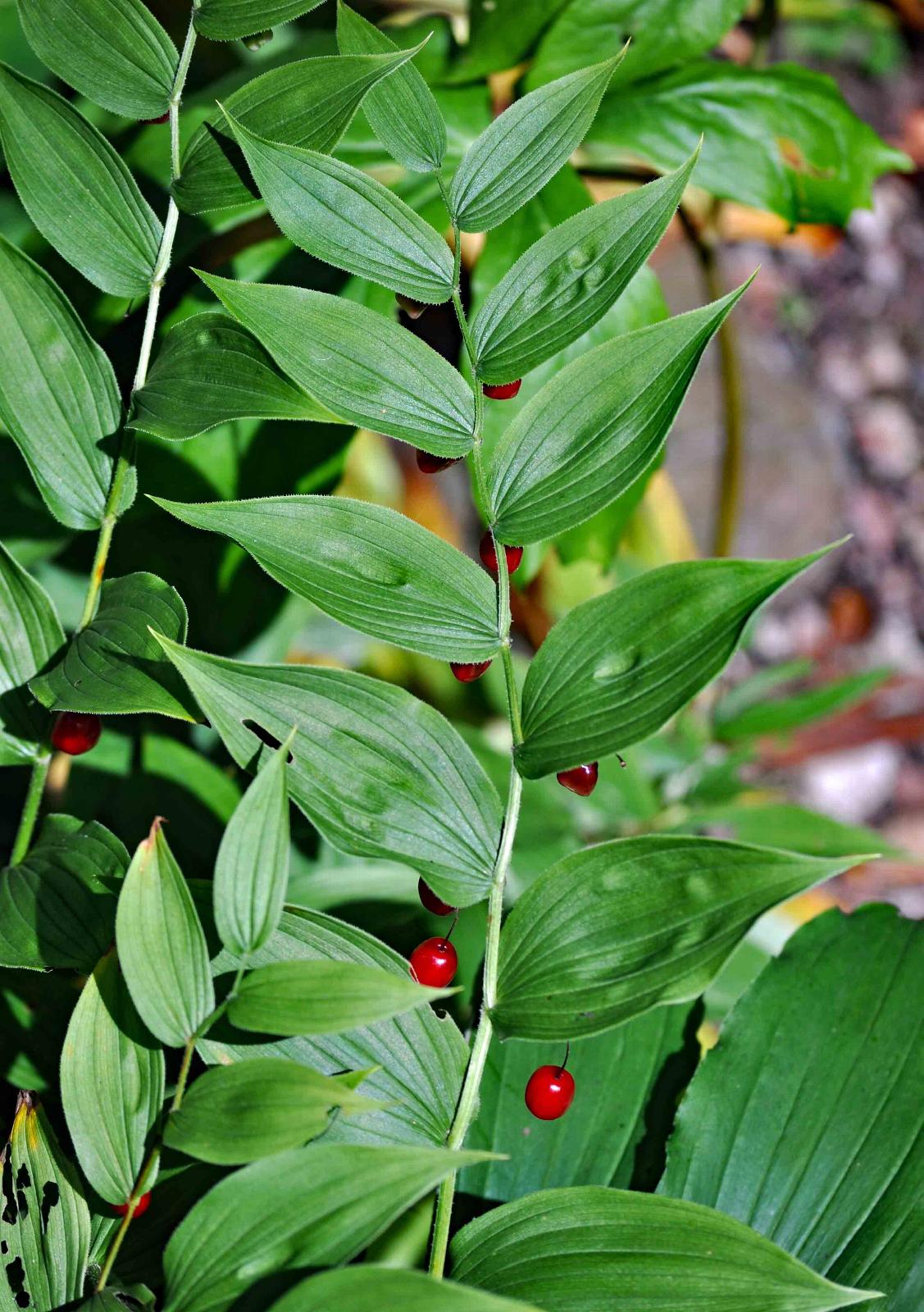
Gallery Streptopus lanceolatus (rose twistedstalk) Flora of
Michigan Flora. Streptopus lanceolatus. Common Name: ROSE TWISTED-STALK. Coefficient of Conservatism: 5. Coefficient of Wetness: 3. Wetness Index: FACU. Physiognomy: Nt P-Forb. S. roseus of Michigan Flora. In all northern forests: mixed (e.g., birch-fir), hemlock-hardwoods, or coniferous (especially cedar swamps); often visible along roadsides.

Streptopus lanceolatus (Rose Twistedstalk) Minnesota Wildflowers
Summary 1 Streptopus lanceolatus ( Rose Twisted Stalk, Rosybells, Rose Mandarin, Scootberry, Liverberry, Rose-Bellwort ), is an understory perennial plant native to the southern boreal forests of eastern North America, from Newfoundland to Manitoba in Canada and south to Georgia and Michigan.
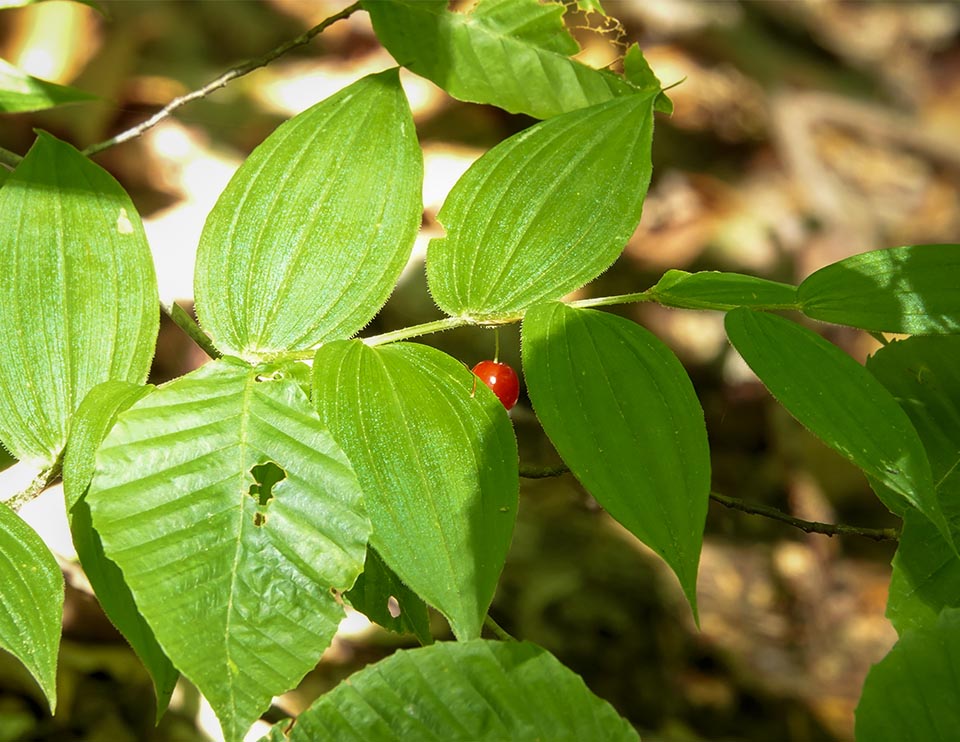
Rose Twisted Stalk Rose Mandarin Streptopus lanceolatus
Scientific Name: Streptopus lanceolatus Usual Color: Pink Source ← Devil's Club Gray's Licorice Root → Rosy Twisted Stalk grows primarily in mixed-wood forests, and throughout a wide range of soil and site conditions, preferring cool, acidic soils.

Streptopus lanceolatus (Rose Twistedstalk) Minnesota Wildflowers
Plant database entry for Rosy Twisted-Stalk (Streptopus lanceolatus) with 11 images and 32 data details.
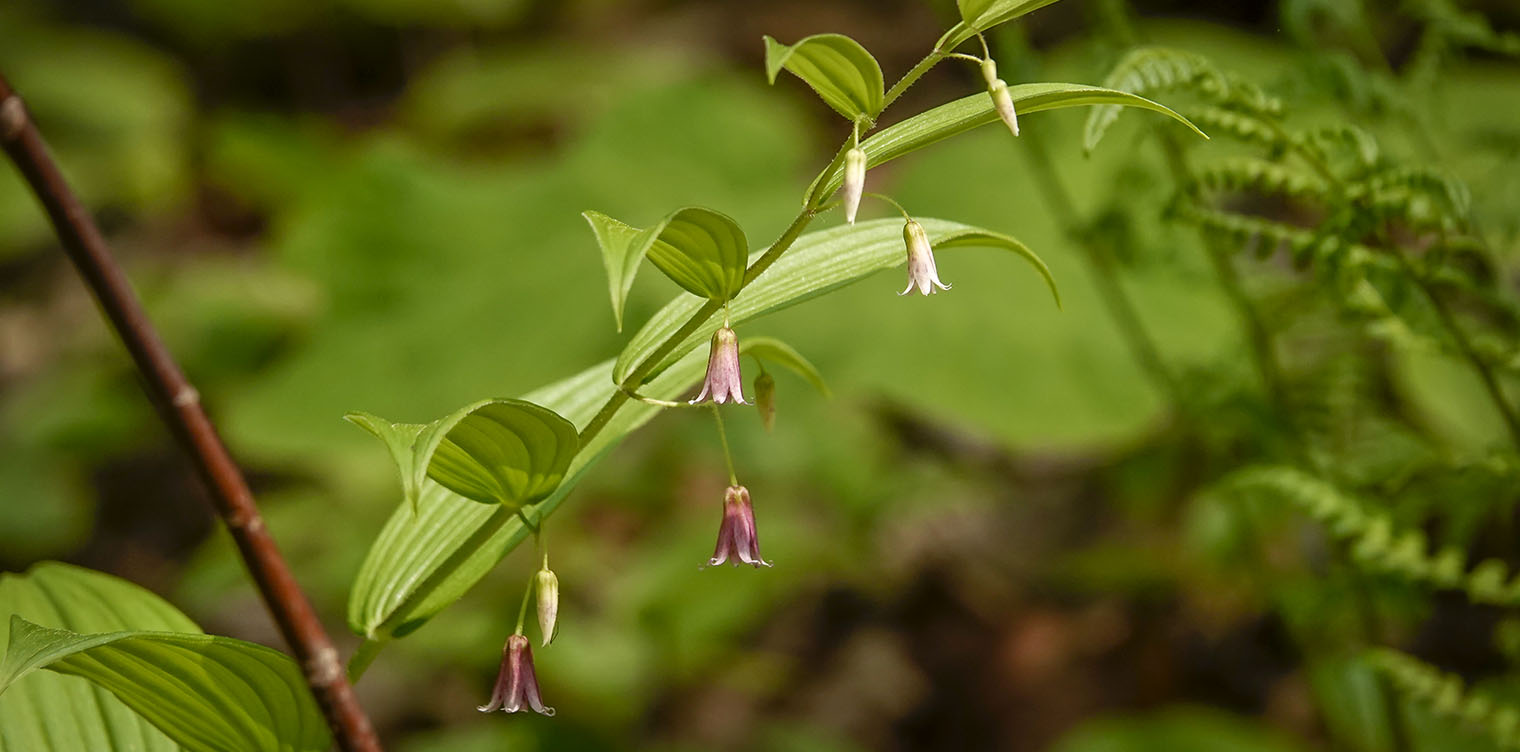
Rose Twisted Stalk Rose Mandarin Streptopus lanceolatus
Rosy Twisted-stalk is a NJ state endangered plant whose name can arguably be attributed to either its zigzag stem (Peterson and McKenny 1968 and Lady Bird Johnson Wildflower Center 2019 [hereafter, "LBJWC"]) or perhaps more accurately the arching angle of the flowering stalks (LBJWC 2019; Minnesota Wildflowers 2019 [hereafter, "MNWF"]).

Rose twisted stalk (Streptopus lanceolatus var lanceolatus) Stock
Ripe berries of rose twisted stalk. Steven Daniel (taken in Allegheny State Park) Darker red flowers. Over its native range the flower color varies, e.g. white with red interior, dark red, and shades of pink. A branching, zig-zag stemmed plant of rich, moist woods. More common in cooler locations.
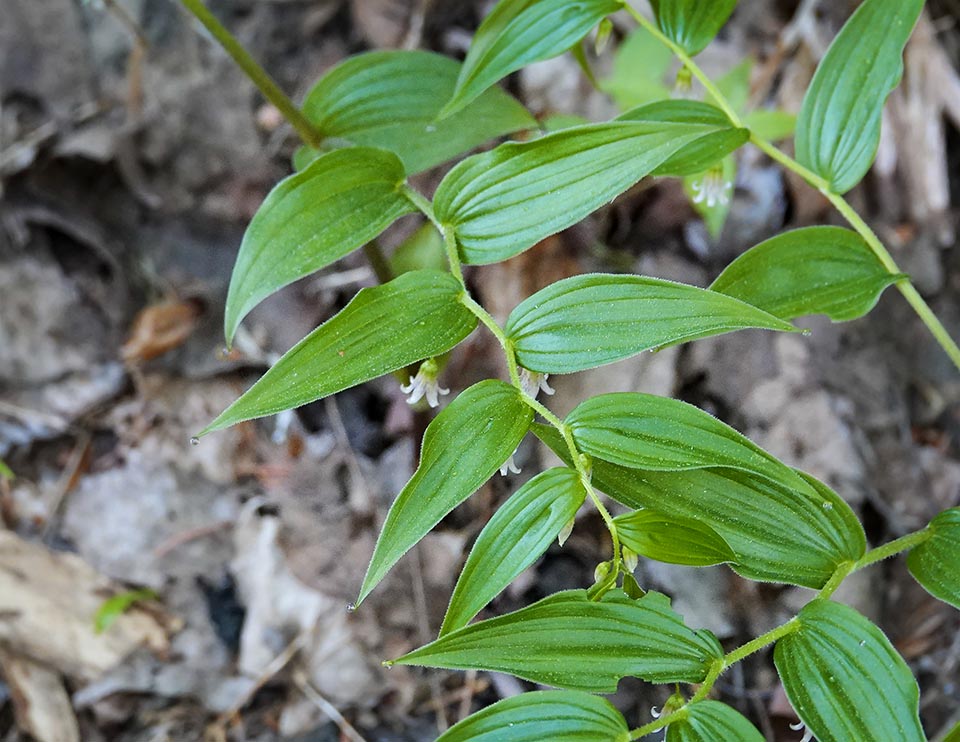
Rose Twisted Stalk Rose Mandarin Streptopus lanceolatus
The name twistedstalk refers to the bent or twisted flower stalk and zig-zag stem. The Cherokee ate the young greens, and other tribes used the plant to treat a variety of medical conditions. Habitat Alpine or subalpine zones, forests, shores of rivers or lakes Characteristics Habitat terrestrial New England state Connecticut Maine Massachusetts

Rose Twistedstalk (Streptopus roseus) • Family Lily (Liliaceae
Rose-twisted stalk (Streptopus lanceolatus) Streptopus lanceolatus. 1. Description 2 • Flower: Pink bell shaped, 6 petals • Leaves: 2 to 4 inches long, ¾ to 1¾ inches wide, toothless, lance-oblong to narrowly egg-shaped, sharply pointed tip, several prominent parallel veins, rounded base, edges fringed with short hairs, stalk zig-zags.

03. Rose Twisted Stalk (Streptopus roseus) fruits Along Ca… Flickr
Streptopus lanceolatus (rose twisted stalk, rosybells, rose mandarin, scootberry, liverberry, rose-bellwort), is an understory perennial plant native to the forests of North America, from Alaska to Labrador, south through the Great Lakes and Appalachian Mountain regions of the United States, as well as Montana, Washington State, Oregon, and St. Pierre & Miquelon.

Rose Twisted Stalk (Streptopus lanceolatus) Cable Natural History Museum
Scientific Name: Streptopus roseus (=S. lanceolatus var. roseus) Common Name: Rosy Twisted-stalk, Rose mandarin: Native/Alien: Native: Type: Perennial

Streptopus lanceolatus (Rose Twistedstalk) Minnesota Wildflowers
Twistedstalk Twisted Stalk Watermelon berry White Mandarin White twisted-stalk Wild Cucumber Phonetic Spelling STREP-toh-pus am-pleks-ih-FOH-lee-us Description The scientific name of this specimen is derived from a few sources. The Greek word 'streptos' translates to twisted, while 'pous' means footed.

Streptopus lanceolatus (Rose Twistedstalk) Minnesota Wildflowers
Streptopus amplexifolius ( twistedstalk, [1] clasping twistedstalk, [1] claspleaf twistedstalk, [1] white twisted-stalk, or watermelon berry) is a species of flowering plant in the family Liliaceae, native to North America, Europe and Asia.
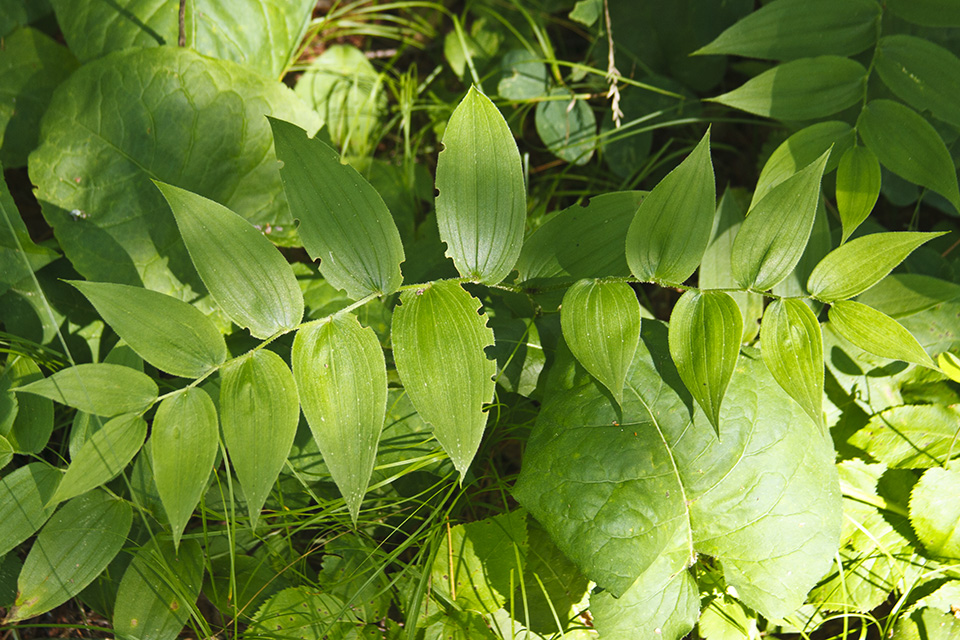
Minnesota Seasons rose twistedstalk
Rose Twisted-stalk, formerly known as Streptopus roseus, is found in rich woodlands and forests in about two-thirds of Minnesota.
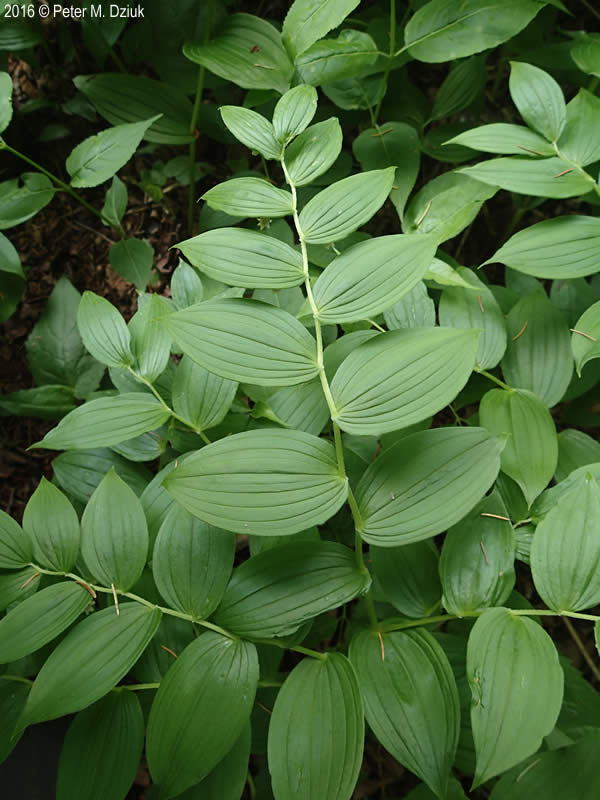
Streptopus lanceolatus (Rose Twistedstalk) Minnesota Wildflowers
Description Twistedstalk genus is native perennial herb in North America and Eurasia in the lily family. They are primarily found in colder and temperate regions and are primarily shade-loving plants. They will spread by underground rhizomes and produce 1-2 flowers at a time that tend to hide under the leaves.